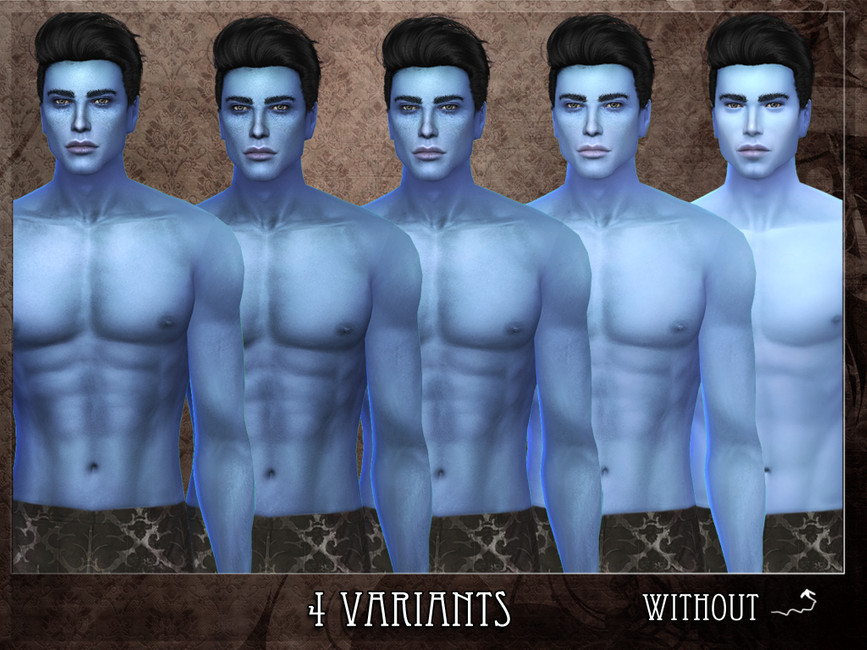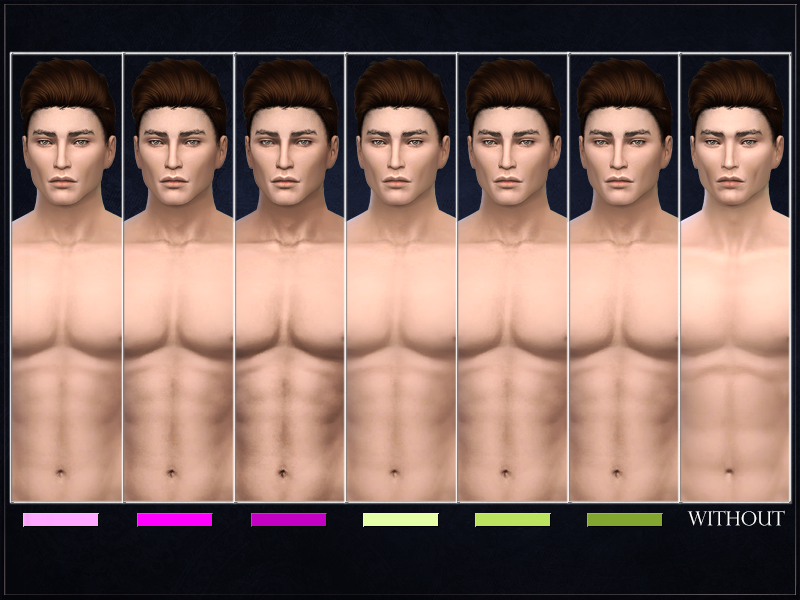

The Quick Selection tool might go over to the hair bit of the texture sometimes just use the “Subtract from selection” mode and deselect those bits. the rectangular selection for accessories that are mapped as a, well, rectangle), but the Quick Selection is easiest for me.Ī click is enough to select a piece that is uniformly coloured select all the pieces of the texture that look like the accessory. You can use other tools if you’d like (esp.

(truthfully I’m not sure if the “horn” in the middle is even mapped onto the hair but there’s no harm done either way). See the dark greyish/brownish bits that look like the hairband? Those are what we’re going to focus on. Again if this seems a bit scary please take a look at the beginner’s tutorial linked in bold above. My package is ready in this screenshot – I applied all the flags, added all the swatches, added the blank specular etc. We’re starting by exporting the dirty blonde texture (as DDS!) from the Sims 4 Studio. PART ONE: keep the hairbands, flowers or similar the right colour, without painting over it with the action (accessory paint-over “fix”) Onto the tutorial! Under Read More bc long. It’s very detailed, contains all the tools you need, and you can follow it easily (at least that’s what people have been saying) and I would honestly recommend that the first hair you recolour be without an accessory just so you can get into the flow (and if something goes awry and you have to start over you don’t have to do an extra step throughout the whole process again because that’s demoralising). If you don’t have experience recolouring hairs, please take a look at my complete beginner’s tutorial for recolouring hairs in TWH. I am starting from the point where we’re in Photoshop already.

This tutorial will not cover package preparation, using actions etc. Addendum about actual accessory overlays (bandannas, clips, barrettes etc.) PART THREE: How to make a separate TWH accessory overlay for CAS, mostly useful for ombre or roots. You’ll need to read Part One because the method is based on the resource you create in Part One (acc.png). PART TWO: What to do when there’s multiple accessory colours that you need to preserve (ex. I’m gonna teach you how to make the “fix” in the first part of the tutorial. PART ONE: The above image is a comparison of the hair without the accessory “fix” and the one with it.

A lovely anon kicked me into gear so I decided to release a couple of hairs and make it while I’m still motivated. As usual I dragged my feet with this tutorial.


 0 kommentar(er)
0 kommentar(er)
